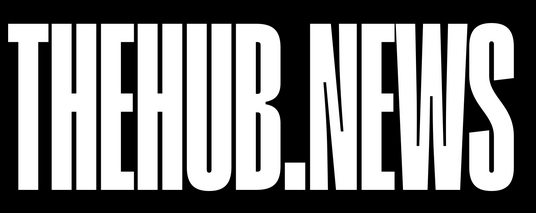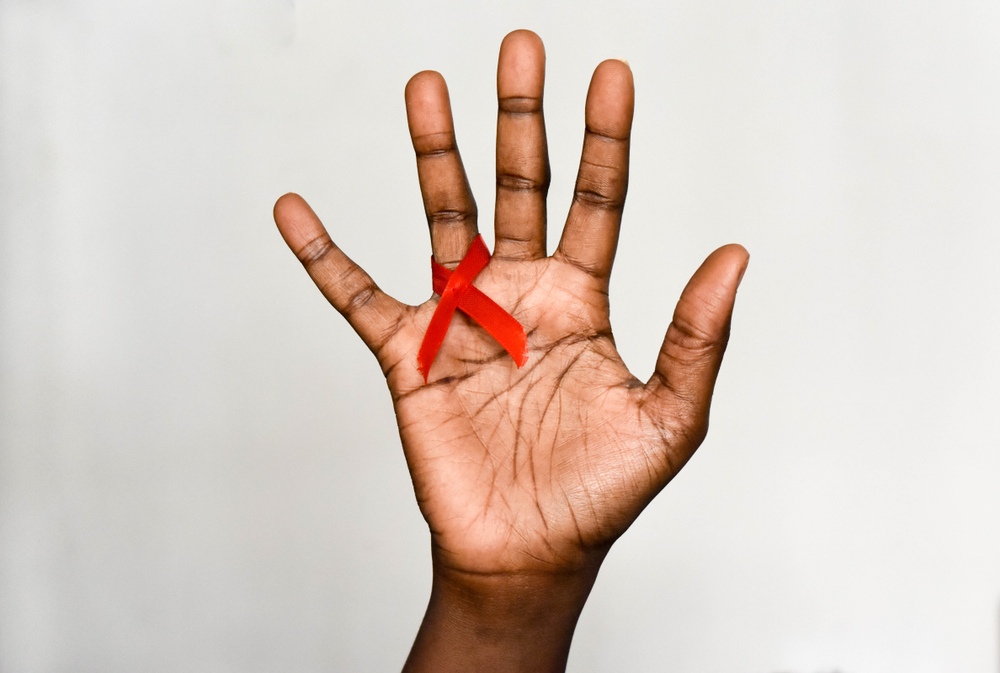HIV rates have gone down, but disparities still exist in treatment, according to a new report by the Centers for Disease Control.
Published yesterday, the report detailed that while the amount of people living in the U.S. with HIV has gone down, the epidemic is far from over.
According to the report, a 34% drop in new HIV infections amongst people in the 13- to- 24-year-old age range across a four-year span has contributed to an overall 12% decline in the rate of people with HIV. Whereas there were 36,500 recorded cases in 2017, the number of cases went down to 32,100 in 2021.
While there is an overall decrease, rates still remain high in communities, particularly BIPOC communities. In 2021, nearly 40% of the newly recorded HIV cases were amongst Black men in the LGBTQIA+ community, while 35% of the cases were amongst Hispanic men in the community.
Amongst women, Black women recorded the highest rates, accounting for 52% of the new cases.
Despite the bigger numbers in recorded cases, the CDC reported that disparities exist in treatment for Black and Hispanic people with HIV.
While the preventative treatment known as pre-exposure prophylaxis, PrEP, has become more common in the treatment of the virus, only 11% of Black people diagnosed with HIV were prescribed it while only 20% of Hispanic people with HIV were also given the medication. In comparison, 78% of white people with HIV were given PrEP.
“Our nation’s HIV prevention efforts continue to move in the right direction,” said the CDC Director, Dr. Rochelle Walensky in a statement. “Longstanding factors, such as systemic inequities, social and economic marginalization and residential segregation, however, stand between highly effective HIV treatment and prevention and people who could benefit from them.”
“Efforts must be accelerated and strengthened for progress to reach all groups faster and equitably,” she added.
In 2022, President Biden announced increased efforts to end the HIV/AIDS epidemic. Announced on World Aids Day in December, the administration announced that an increase of $850 million would go towards funding HIV prevention and care services to provide equal support to everyone diagnosed with the virus.
As part of the budget, the Biden administration also announced a fund of nearly $10 billion devoted to creating a National PrEP program. Spanning a 10-year span, the fund will go towards a budget for the program that will focus on providing free PrEP treatment for everyone, particularly those living in underserved communities.








